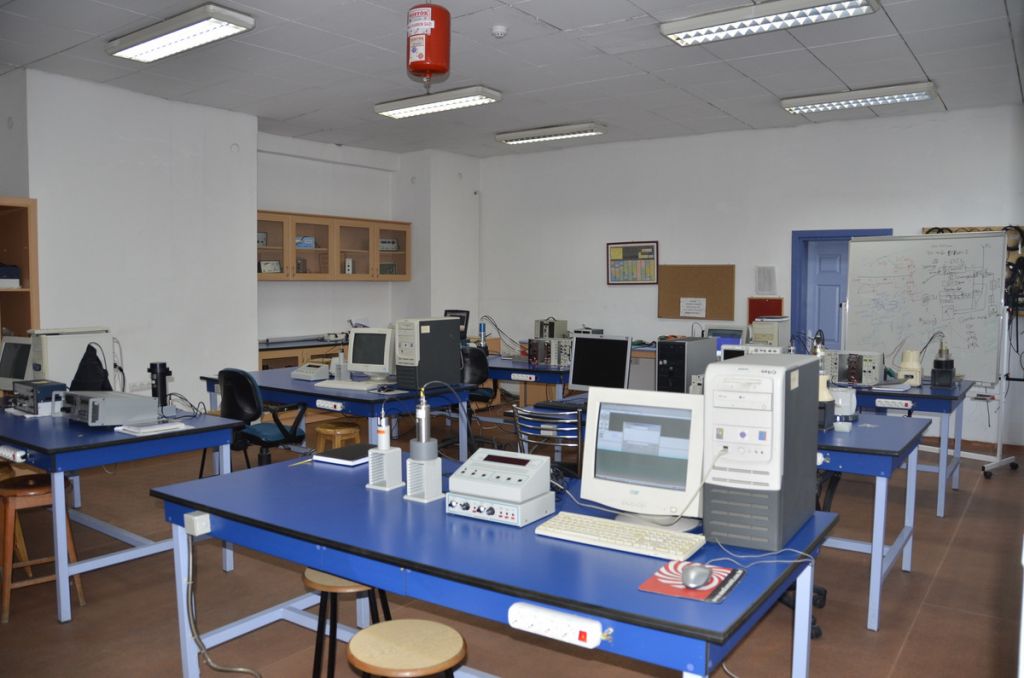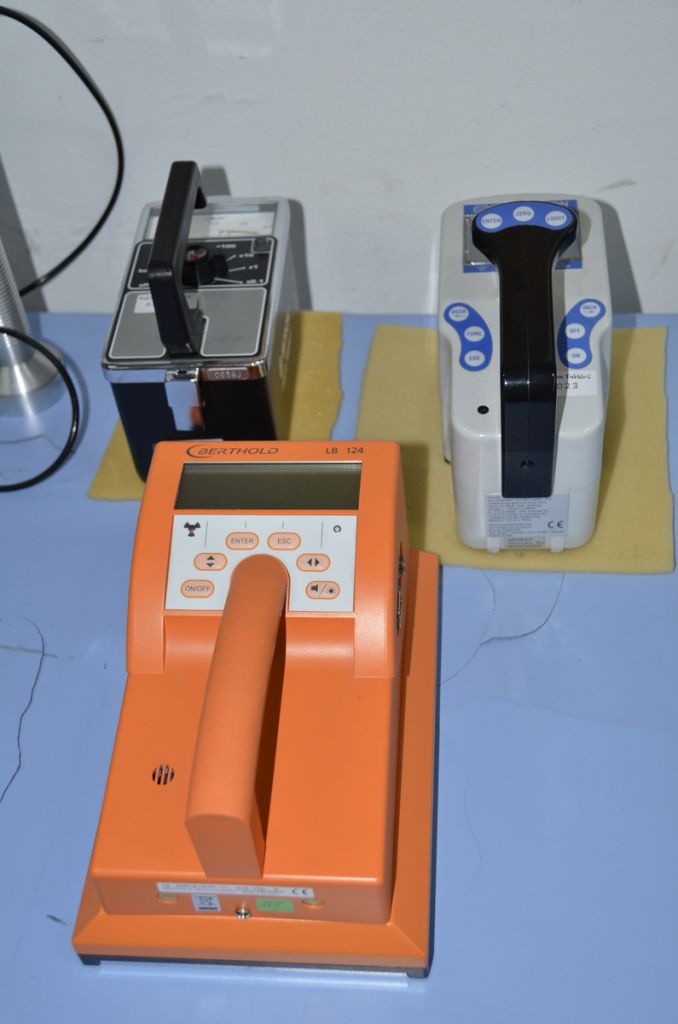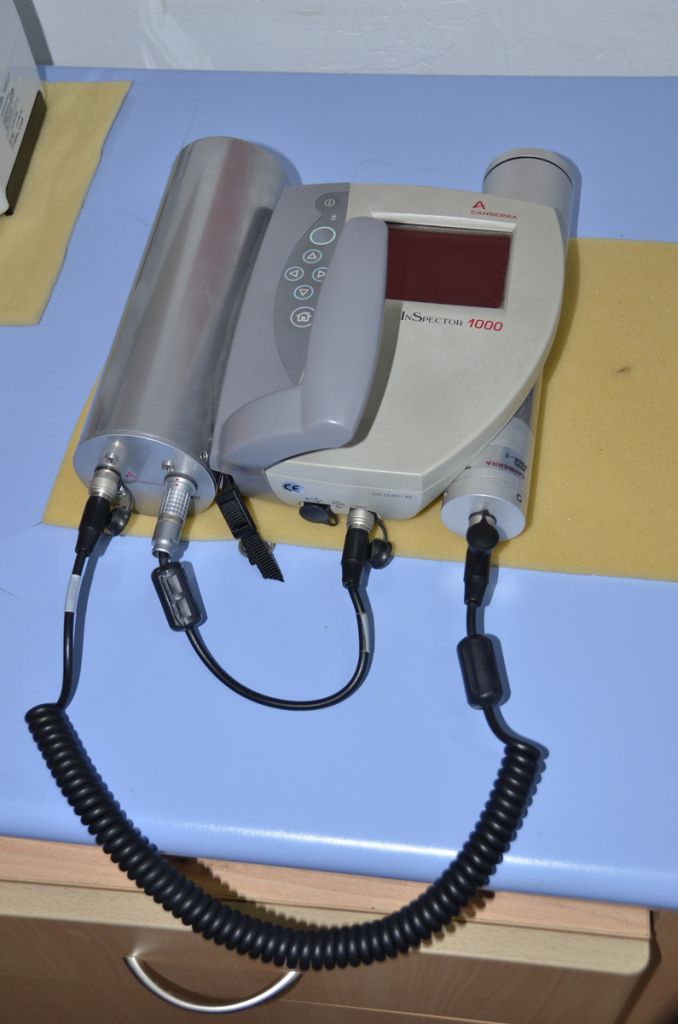Laboratory Activities
Education
- Graduate students perform “Radiation Detection and Measurement” experiments. Within the scope of experiments, by using the radioactive sources (emitting alpha, beta and gamma), the detection fundamentals and practical measurement methods are shown with the selected radiation detectors depending on the radiation type and the matter it interacts (Course Contents).
Research
- This laboratory serves mainly for educational purposes. However, students carrying out their thesis are given the opportunity to do research on scintillators capable of giving very fast pulse (antresan / plastic scintillators, NaI (Tl) inorganic scintillators) and with instruments processing fast pulse. In addition, various investigations are foreseen by using the CdZnTe semiconductor radiation detectors and plastic scintillators operating at room temperature that are developed due to the rapid semiconductor technology. Some of them are;
ZnS (Ag) / BC400 Inorganic + particle spectroscopy charged with plastic scintillators
Determination of the spectroscopic performance of CdZnTe detectors.
Measurement of detection efficiency, peak/valley ratio, the photon interaction depth when used to radionuclides emitting single and multi-energy gamma rays (57Co, 241Am, 137Cs, 133Ba, 152Eu) in CdZnTe detectors and determination of the factors that disturb the spectrum.
Measurement of the degree of uranium enrichment by non-destructive gamma-spectroscopic method using HPGe / CdZnTe detectors.
Comparison of dose responses in X-ray beam quality and gamma energies of the plastic scintillators.
Development of spectral photopeak resolution (peak deconvolution) methods in CdZnTe detectors.
Examination of the events using real-time pulse overlap (coincidence) by using plastic and/or NaI (Tl) detectors giving fast pulse and timing instrumentation processing pulses in millisecond-nanosecond time range.
. If radioactive contamination is suspected, on-site/site radionuclide determination and dose measurement are performed.
Laboratory Facilities
- ZnS (Ag) / BC400 inorganic + plastic scintillator detectors
- BC408 plastic scintillator detector with fast pulse decay time
- Antresan scintillation crystal
- Geiger-Mueller tube
- NaI (Tl) well-type scintillation detectors (2 inch x 2 inch)
- NaI (Tl) scintillation detector (2 inch x 2 inch)
- The co-planar grid CdZnTe semiconductor detectors with crystal volume of 1000, 1687.5 and 2250 mm3
- Portable digital multi-channel analyzer that can be used by mounting neutron detector with 3He gas proportional counter probe and scintillation detector with 2-inch x 2-inch NaI (Tl) crystal.
- Counting systems such as counter, ratemeter
- Portable Geiger – Mueller pancake probe (dose meter)
- Portable ionization chamber (dose meter)
- Portable organic scintillator (dose meter)
- NIM modules (HV power supply, amplifier, research amplifier, multi-channel analyzer, single-channel analyzer, pulse generator (pulser), coincidence analyzer, time-amplitude converter (TAC), counter-timer unit, etc.).
- Oscilloscopes
- Digital Multimeters
- Nuclear Instrumentation Modules (NIM) bins
- DC Power Supplies




